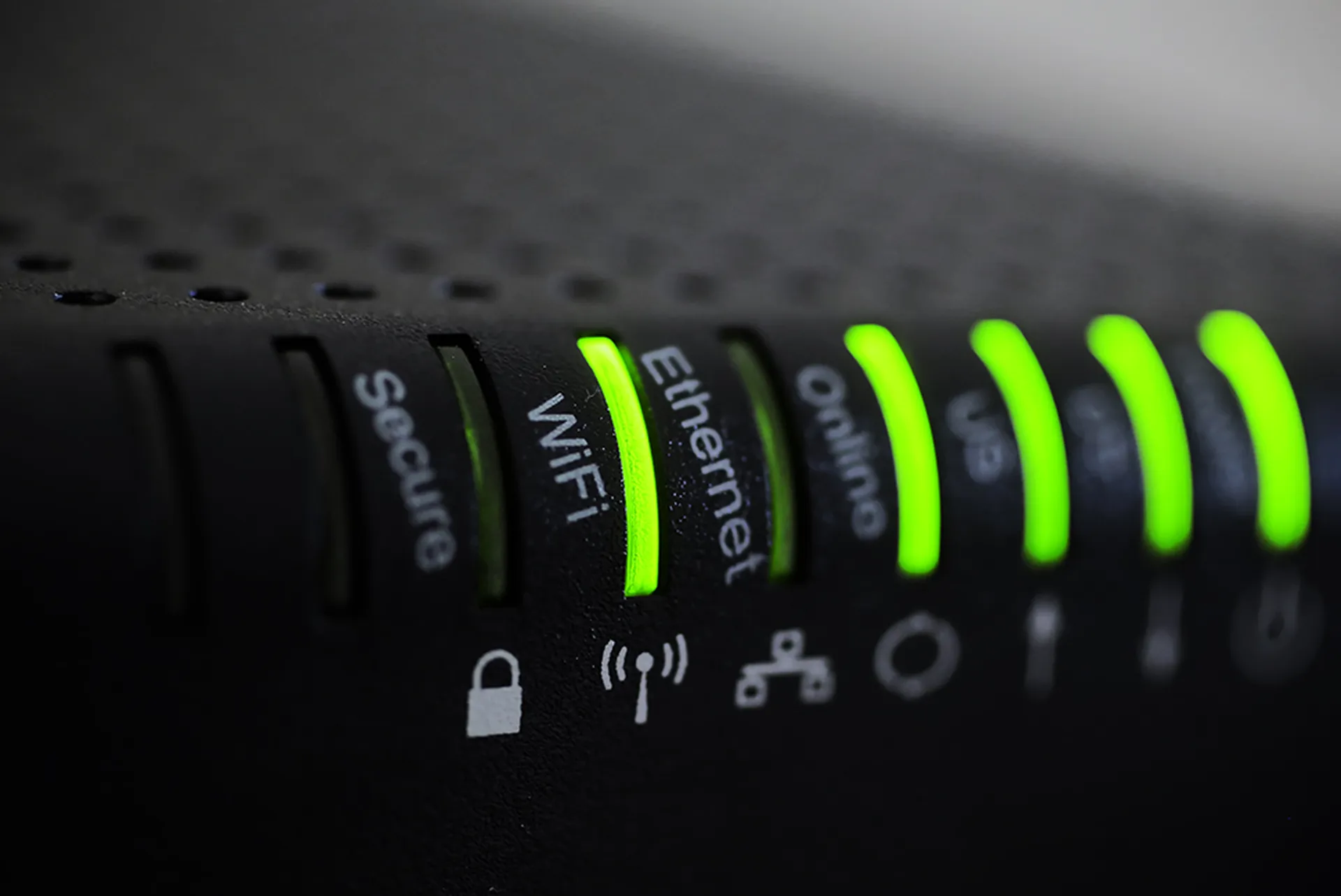Malware, Threat Management
New malware written in unusual programming language to stop detection
Jill AitoroProofpoint cybersecurity researchers found that TA800, a cybercriminal hacking group that attacks industries in North America, is distributing the NimzaLoader malware, According to ZDNet.
The malware is believed to have been written in Nim, a rarely used programming language, to avoid being analyzed and detected. NimzaLoader enables attackers to control and access Windows computers, allowing them to steal sensitive information or deploy another malware.
“TA800 has often leveraged different and unique malware, and developers may choose to use a rare programming language like Nim to avoid detection, as reverse engineers may not be familiar with Nim's implementation or focus on developing detection for it, and therefore tools and sandboxes may struggle to analyse samples of it,” said Sherrod DeGrippo, senior director of Proofpoint's threat research and detection.
Similar with the trojan malware BazarLoader, NimzaLoader is distributed via phishing emails, which trick potential victims into running a fake PDF downloader that then downloads the malware into their computers.
Related Events
Get daily email updates
SC Media's daily must-read of the most current and pressing daily news



